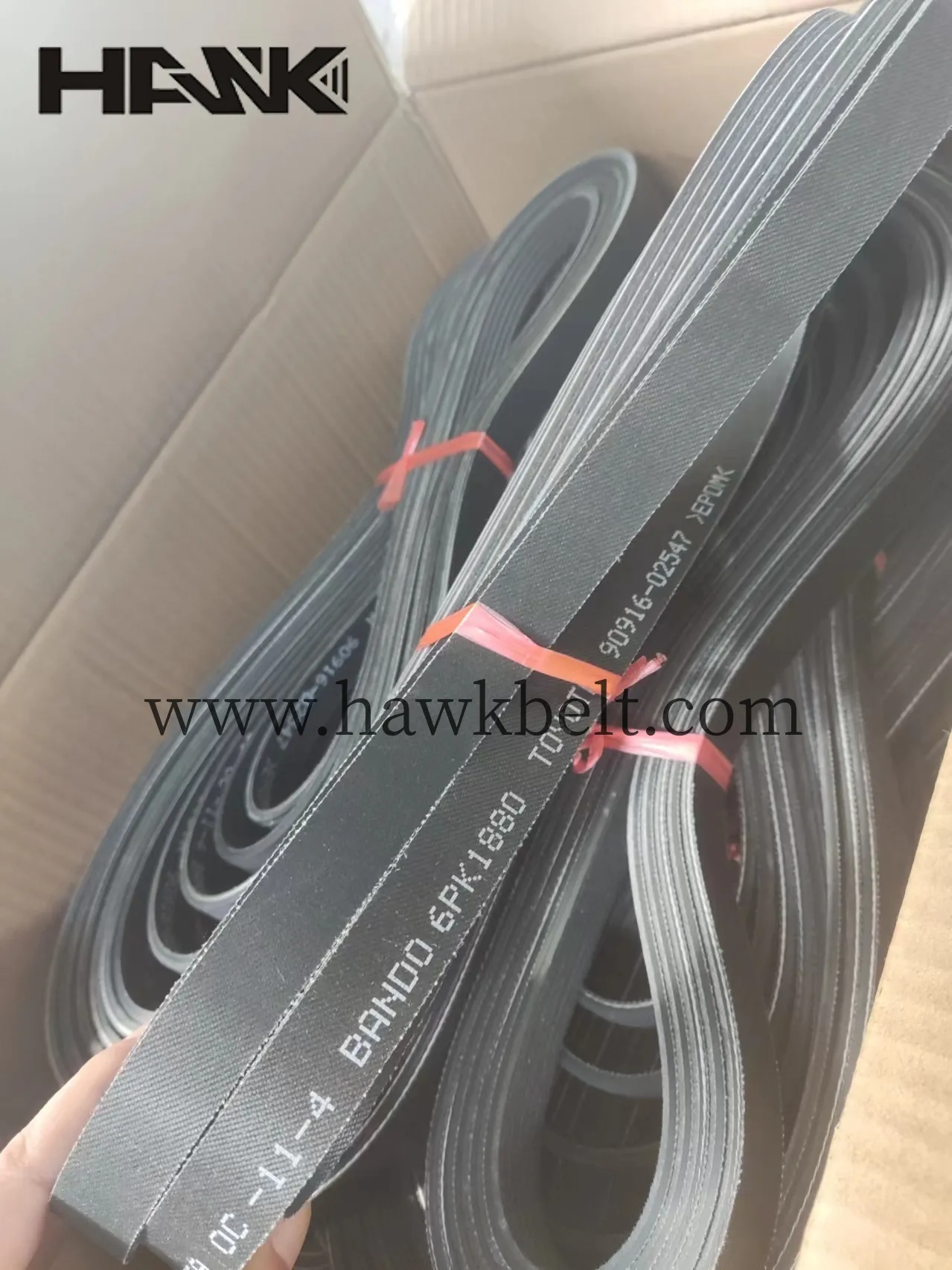- Arabic
- French
- Russian
- Spanish
- Portuguese
- Turkish
- Armenian
- English
- Albanian
- Amharic
- Azerbaijani
- Basque
- Belarusian
- Bengali
- Bosnian
- Bulgarian
- Catalan
- Cebuano
- Corsican
- Croatian
- Czech
- Danish
- Dutch
- Afrikaans
- Esperanto
- Estonian
- Finnish
- Frisian
- Galician
- Georgian
- German
- Greek
- Gujarati
- Haitian Creole
- hausa
- hawaiian
- Hebrew
- Hindi
- Miao
- Hungarian
- Icelandic
- igbo
- Indonesian
- irish
- Italian
- Japanese
- Javanese
- Kannada
- kazakh
- Khmer
- Rwandese
- Korean
- Kurdish
- Kyrgyz
- Lao
- Latin
- Latvian
- Lithuanian
- Luxembourgish
- Macedonian
- Malgashi
- Malay
- Malayalam
- Maltese
- Maori
- Marathi
- Mongolian
- Myanmar
- Nepali
- Norwegian
- Norwegian
- Occitan
- Pashto
- Persian
- Polish
- Punjabi
- Romanian
- Samoan
- Scottish Gaelic
- Serbian
- Sesotho
- Shona
- Sindhi
- Sinhala
- Slovak
- Slovenian
- Somali
- Sundanese
- Swahili
- Swedish
- Tagalog
- Tajik
- Tamil
- Tatar
- Telugu
- Thai
- Turkmen
- Ukrainian
- Urdu
- Uighur
- Uzbek
- Vietnamese
- Welsh
- Bantu
- Yiddish
- Yoruba
- Zulu
nov . 26, 2024 23:30 Back to list
Understanding the Function and Importance of Automotive V Belts in Vehicles
Understanding Automotive V-Belts Function, Types, and Maintenance
Automotive V-belts are essential components found in many vehicles, playing a critical role in the operation of various mechanical systems. Designed to transfer power between rotating shafts, these belts are particularly important in engines for driving accessories such as alternators, water pumps, and power steering pumps. This article provides an overview of what V-belts are, their types, functions, and maintenance tips to ensure optimal performance.
What is a V-Belt?
A V-belt, named for its cross-sectional shape that resembles a V, is a looped strip of rubber, usually reinforced with fibers, that acts as a power transmission medium. Unlike flat belts, which run on pulleys with flat surfaces, V-belts fit into grooved pulleys, allowing for a more secure grip and better handling of significant loads. The angled design also facilitates a tighter fit between the belt and the pulley, minimizing slippage and enhancing efficiency.
Functions of V-Belts
V-belts are primarily designed for power transmission. In an automotive context, they perform several key functions
1. Power Transfer V-belts efficiently transfer mechanical power from the engine crankshaft to various accessories, including the alternator, air conditioning compressor, and power steering pump. 2. Speed Regulation By linking different rotating components, V-belts help regulate speed and ensure that accessories operate at optimal RPMs.
3. Torque Management They manage torque effectively, absorbing shocks and vibrations that occur during engine operations, thus prolonging the life of both the belt and the connected components.
Types of V-Belts
There are several types of V-belts available, each designed for specific applications
1. Standard V-Belts These are the most commonly used type and are suitable for general automotive use.
2. Narrow V-Belts As the name suggests, these belts are narrower and are typically used in high-performance applications or where space is limited.
3. Cogged V-Belts These belts feature notches along the inner surface, which reduces bending stress and allows for greater flexibility and heat dissipation. They are ideal for heavy-duty applications.
automotive v belt

4. Synthetic V-Belts Made from advanced materials, these belts offer enhanced durability and resistance to wear and heat, making them suitable for high-performance vehicles.
Signs of Wear and Need for Replacement
Regular maintenance and inspection of V-belts are crucial for vehicle reliability. Here are some common signs that indicate a V-belt may need replacement
- Visible Cracks or Fraying Check for surface cracks, frays, or missing pieces on the belt's edges. - Squeaking Noises A squeaking or squealing sound when the engine is running can signify that the belt is worn or slipping. - Loss of Accessory Functionality If your vehicle's alternator, power steering, or air conditioning fails, it may be due to a broken or loose V-belt.
Maintaining V-Belts
To prolong the life of your V-belts, consider the following maintenance tips
1. Regular Inspections Periodically check the belt for wear and tear. Look for signs of fraying, cracks, or glazing, which indicates the need for replacement.
2. Proper Tensioning Ensure that the belt is properly tensioned. A belt that is too loose can slip, while one that is too tight can cause premature wear and damage to components.
3. Cleaning Keep the belt clean and free from oil or grease, as such substances can deteriorate the rubber.
4. Replacement If you notice any significant wear, it’s advisable to replace the belt before it fails. Investing in high-quality belts can also contribute to better performance and longevity.
Conclusion
In summary, automotive V-belts are vital components that facilitate the effective operation of an engine and its accessories. Understanding their function, types, and maintenance can help vehicle owners ensure reliability and performance. Regular inspections and timely replacements can prevent more extensive issues down the road, making V-belt care an essential part of automotive maintenance. Properly maintained V-belts will not only extend the life of your vehicle's parts but also enhance the overall driving experience.
-
Korean Auto Parts Timing Belt 24312-37500 For Hyundai/Kia
NewsMar.07,2025
-
7PK2300 90916-T2024 RIBBED BELT POLY V BELT PK BELT
NewsMar.07,2025
-
Chinese Auto Belt Factory 310-2M-22 For BMW/Mercedes-Benz
NewsMar.07,2025
-
Chinese Auto Belt Factory 310-2M-22 For BMW/Mercedes-Benz
NewsMar.07,2025
-
90916-02660 PK Belt 6PK1680 For Toyota
NewsMar.07,2025
-
drive belt serpentine belt
NewsMar.07,2025

